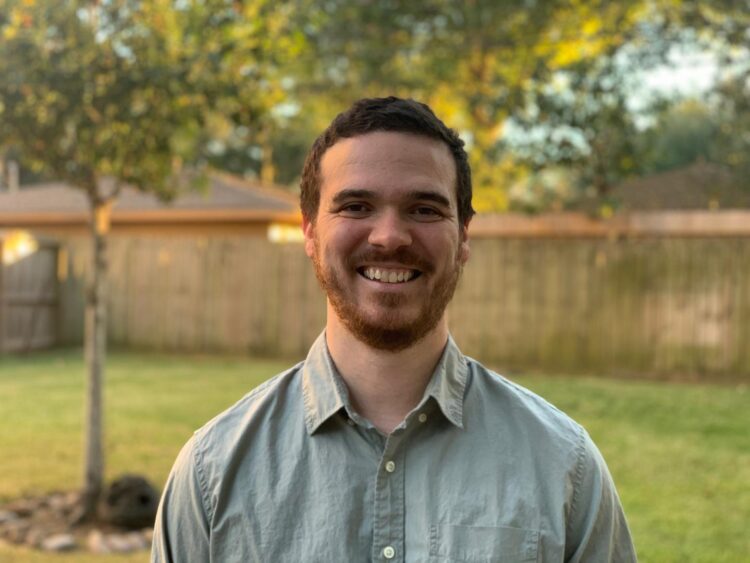University of Houston researcher uses Nobel Prize-method to make discovery

Credit: University of Houston
Rank in social hierarchy is a condition not solely claimed by humans. In the animal kingdom, male peacocks exhibit brightly colored plumes to illustrate dominance, and underwater, male fish show pops of bright colors to do the same. Despite the links identified between social status, physiology and behavior, the molecular basis of social status has not been known, until now.
“We discovered that two paralogous androgen receptor genes control social status in African cichlid fish,” reports Beau Alward in the Proceedings of the National Academy of Sciences. Alward is an assistant professor of psychology at the University of Houston with a joint appointment in biology and biochemistry. Paralogs are duplicate genes; androgens are hormones like testosterone necessary for male sexual development.
“Testosterone binds to androgen receptors to exert its effects. What we found through genome editing is that the two genes encoding these receptors are required for different aspects of social status,” said Alward. “This type of coordination of social status may be fundamental across species that rely on social information to optimally guide physiology and behavior.”
To make his discovery, Alward used CRISPR/Cas9 gene editing, often referred to as “genetic scissors.” The developers of the CRISPR method recently won the Nobel Prize in Chemistry for their invention. The technique allowed Alward to test what regulates physiological and behavioral changes.
Alward found that the two androgen-receptor (AR) paralogs – AR alpha (ARα) and AR beta (ARβ) that exist in cichlid fish – regulate traits that determine their survival and mating opportunities.
“We’ve shown that ARβ controls coloration, a super key function because females prefer to mate with those that are brightly colored, and that ARα controls behavior, which can change rapidly due to social cues and also determines mating success,” said Alward.
This independent regulation of changes in color and behaviors by two receptors suggests there are independent mechanisms in the brain, and that allows Alward and his team to study them in isolation.
“The fact that these are independent implies that this is how flexible social status could be regulated by similar independent mechanisms in other species, including humans,” said Alward.
###
Media Contact
Laurie Fickman
[email protected]
Original Source
https:/





